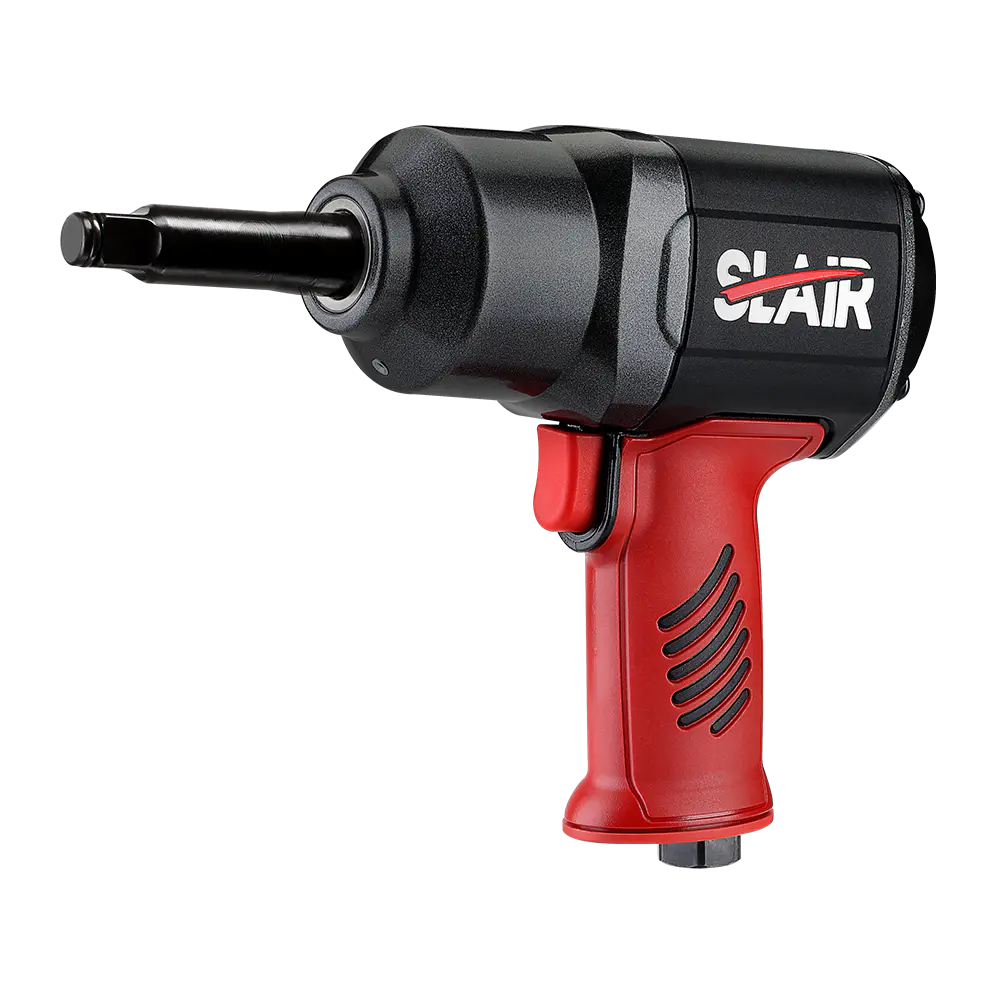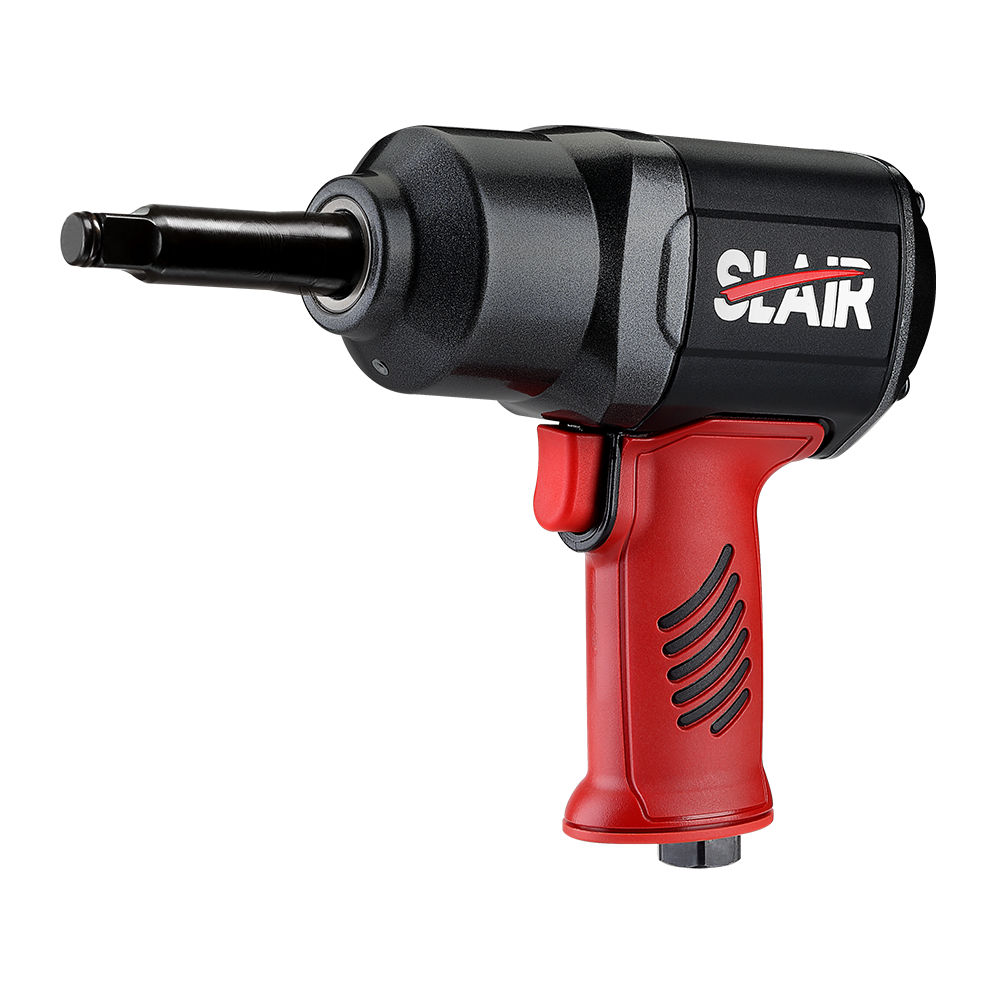Fastening Power: The torque output of an air impact wrench is fundamental to its fastening capabilities. Measured in foot-pounds (ft-lb) or Newton-meters (Nm), torque represents the tool’s ability to apply rotational force to fasteners. Higher torque ratings enable the wrench to effectively handle challenging tasks, such as loosening rusted or corroded nuts, or securing large bolts in heavy machinery. Conversely, a wrench with lower torque ratings may struggle with such applications, making it essential to match the tool’s capabilities with the requirements of the job.
Speed of Operation: Torque output is closely linked to the speed at which the wrench can perform its tasks. A high-torque air impact wrench can rapidly deliver sufficient force to tighten or loosen fasteners, significantly reducing the time required for each operation. This speed is particularly beneficial in fast-paced environments, such as automotive repair shops or manufacturing assembly lines, where efficiency is critical. By minimizing downtime, high-torque tools contribute to increased productivity and workflow efficiency.
Versatility: Many air impact wrenches come equipped with adjustable torque settings, allowing users to adapt the tool for a variety of applications. This versatility is vital in settings where tasks range from delicate assembly work—requiring lower torque settings to prevent damage—to heavy-duty maintenance tasks that necessitate maximum torque for secure fastening. By providing the ability to select the appropriate torque level, these tools enhance user control and adaptability across different job requirements.
Reduced User Fatigue: Tools that deliver higher torque outputs can achieve results with less manual effort from the operator. This reduction in physical strain is especially advantageous during prolonged use, as it minimizes user fatigue. Operators can work more efficiently and comfortably, maintaining focus and productivity throughout the day. This ergonomic benefit is particularly important in industries where workers use air impact wrenches extensively, such as automotive repair, construction, and manufacturing.
Consistency: High torque output contributes to consistent fastening results, which is crucial in applications demanding precision, such as automotive assembly and machinery maintenance. Properly calibrated tools ensure that fasteners are tightened to the specified torque values, preventing issues such as stripped threads, which can lead to component failure or safety hazards. Consistent torque application is essential in maintaining the integrity of assemblies and ensuring reliability in performance.
Impact Mechanism: The design of the impact mechanism within the air impact wrench plays a significant role in how torque is delivered to fasteners. Air impact wrenches operate using a hammer mechanism that delivers bursts of high torque, allowing them to overcome initial resistance efficiently. This characteristic makes air impact wrenches particularly effective for applications that involve stubborn or seized fasteners, as the tool can apply rapid bursts of force that loosen the fastener without the need for excessive manual effort.
Compatibility with Fasteners: Selecting the right torque output is critical to ensuring compatibility with the fasteners being used. Using a tool with inadequate torque for high-torque applications can lead to stripped threads, broken bolts, or failed joints, while applying excessive torque on sensitive components can cause damage or deformation. Therefore, it is imperative for users to understand the specific torque requirements for various fasteners, which enables them to choose an appropriate air impact wrench for each task.
SLAIR LONG ANVIL 1/2" AIR IMPACT WRENCH






 English
English 中文简体
中文简体 русский
русский Deutsch
Deutsch Português
Português Español
Español
















